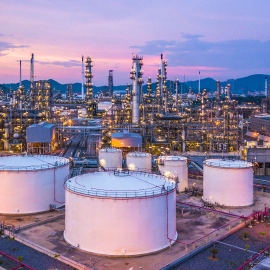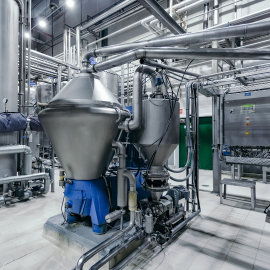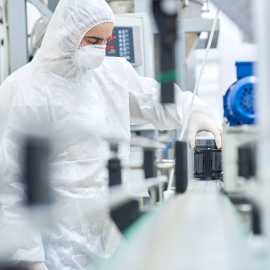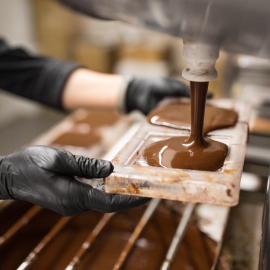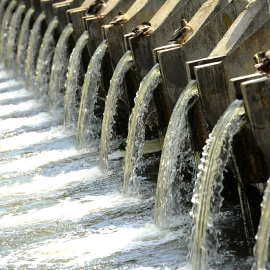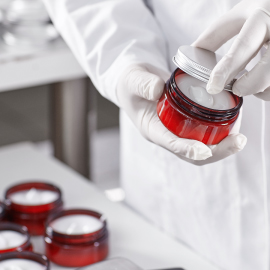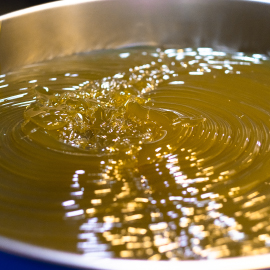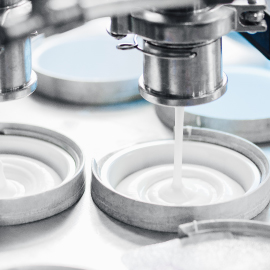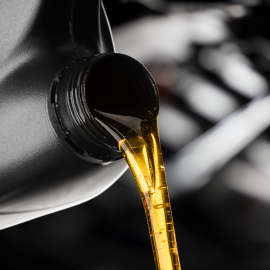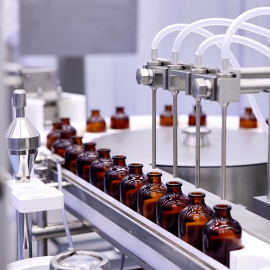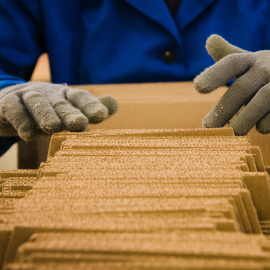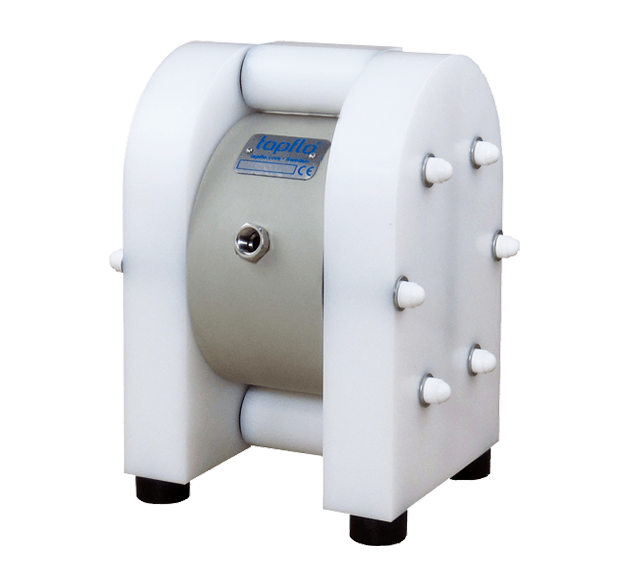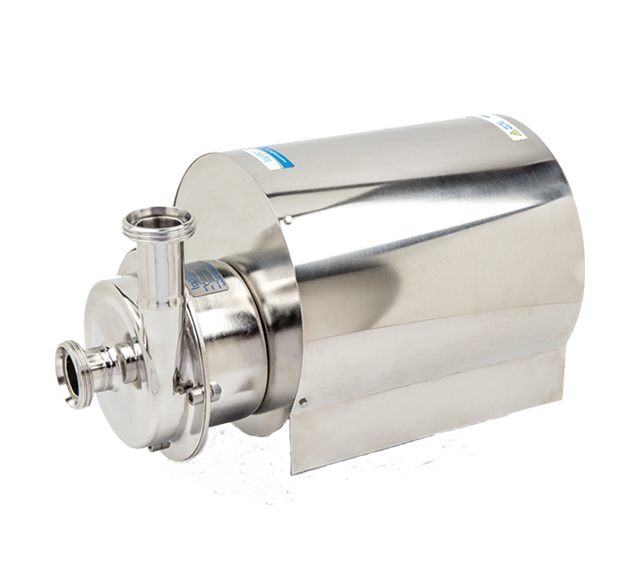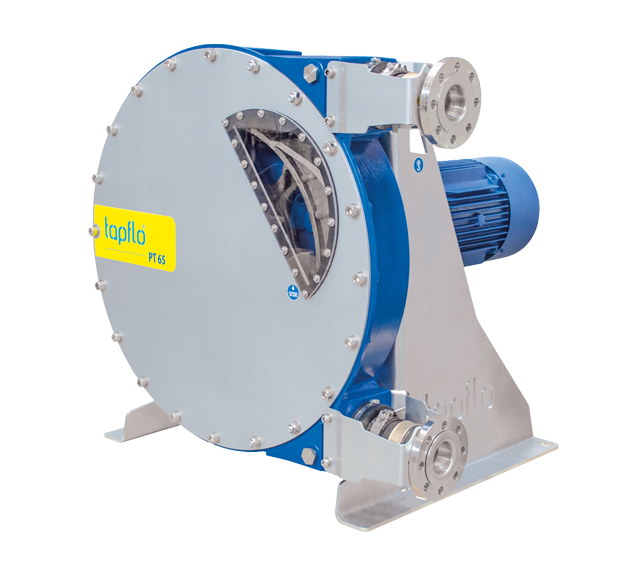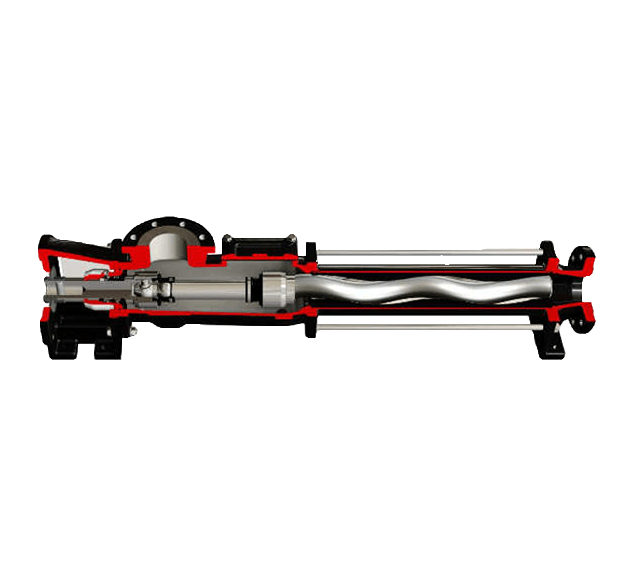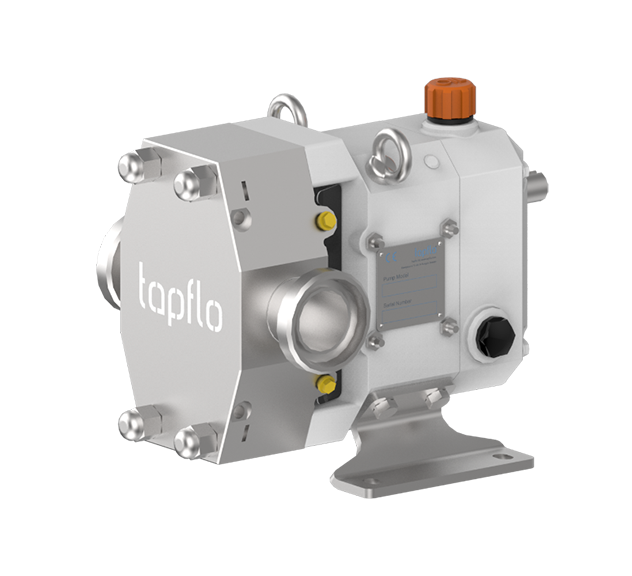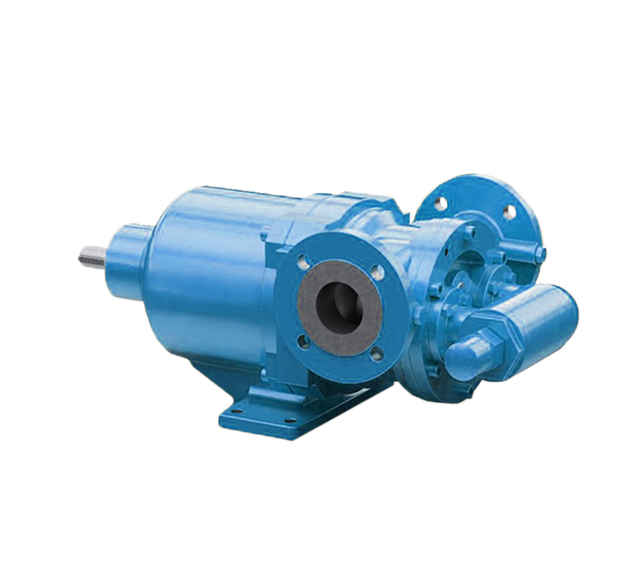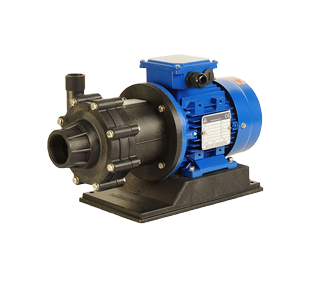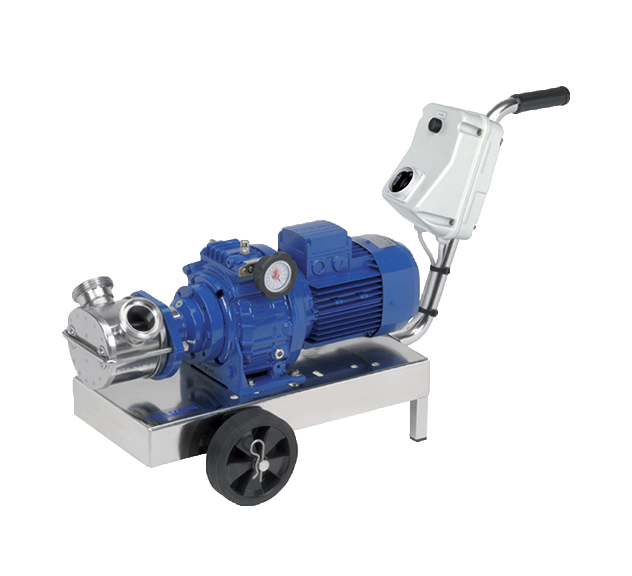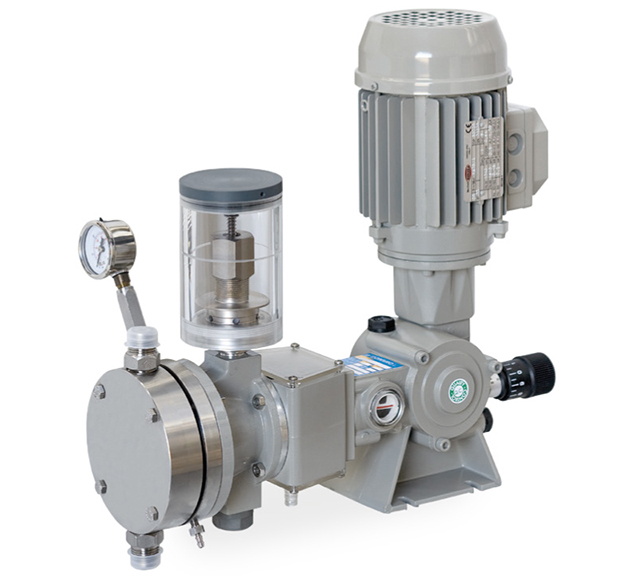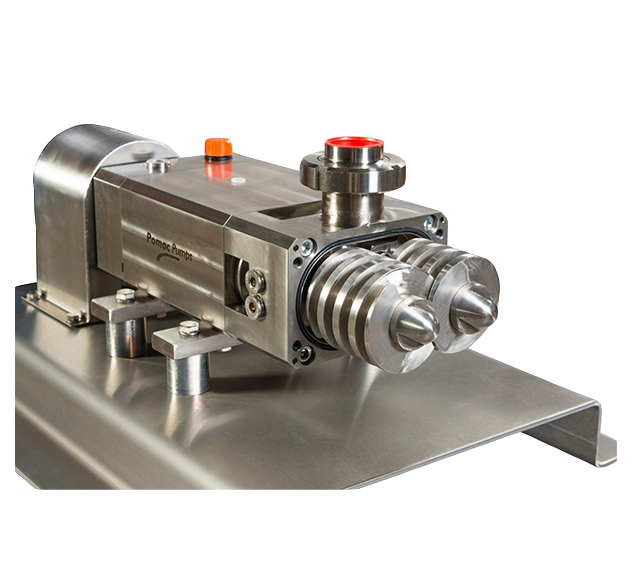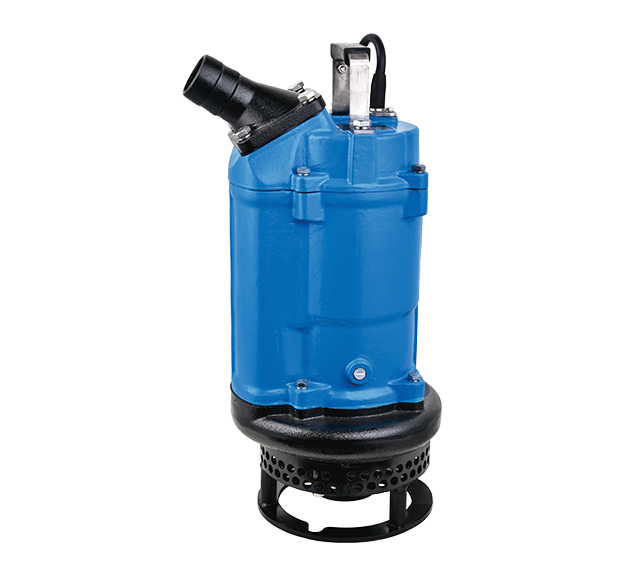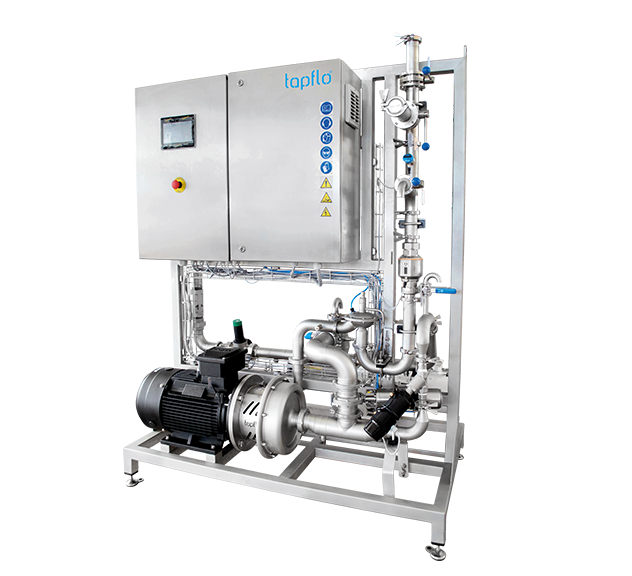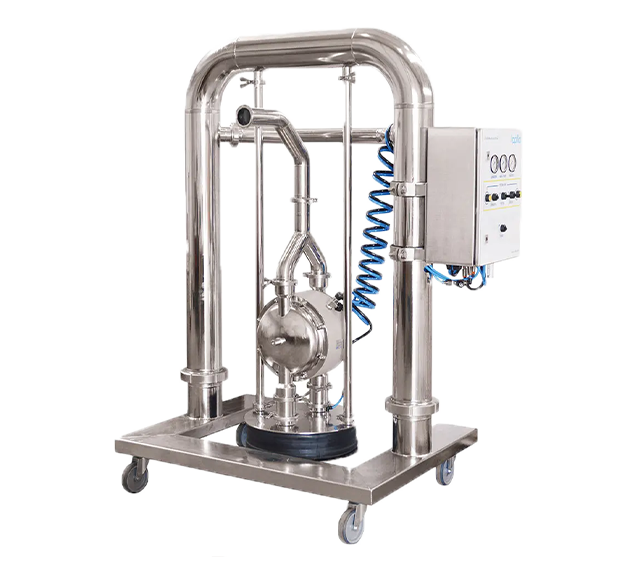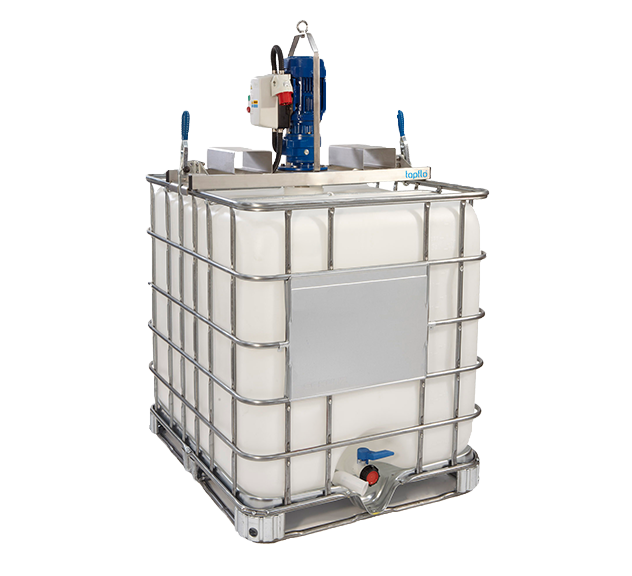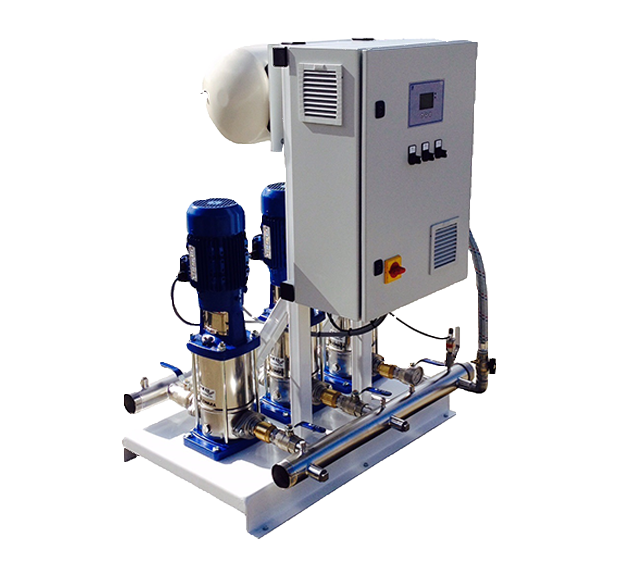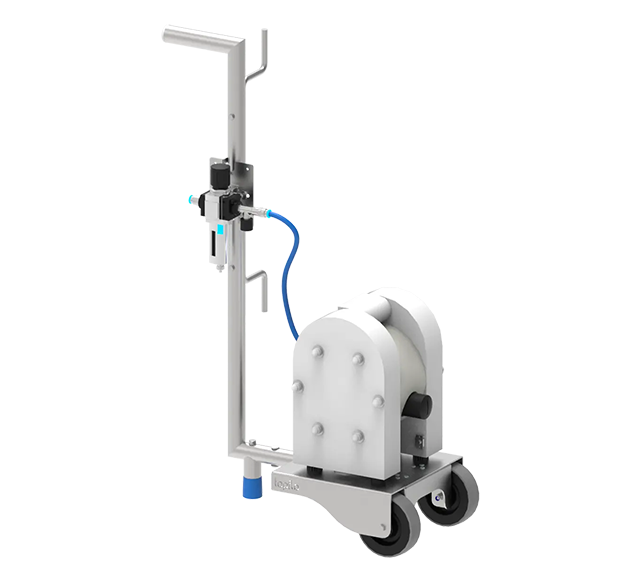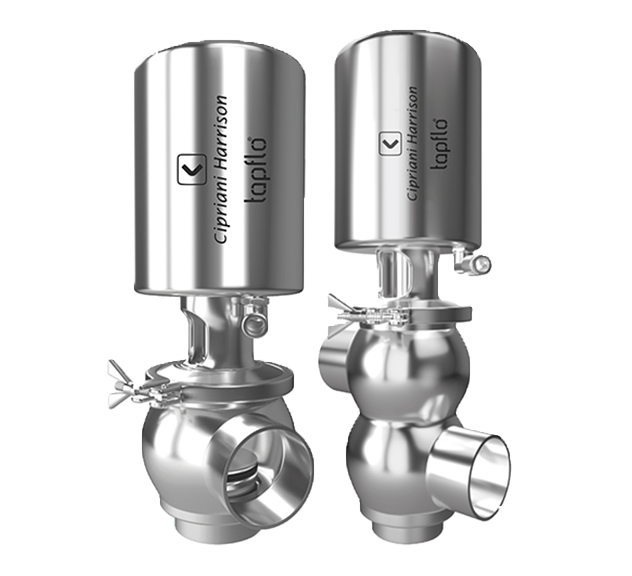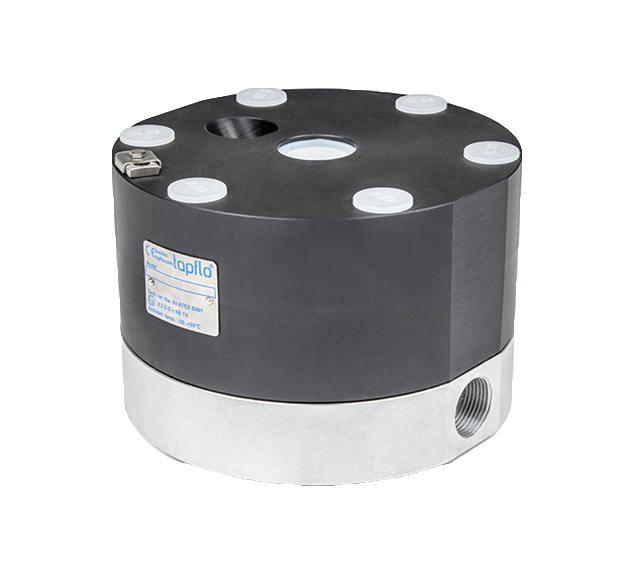
FDA Compliance vs. Hygienic Pumps: Understanding the Difference
In the world of process pumps, particularly in industries like Food, Beverage and Cosmetics, there’s often confusion surrounding the differences between industry compliance (think FDA, EHEDG and 3A certification) and Hygienic Pumps. This confusion can lead to issues during the purchasing phase and operation of pumps, potentially compromising the quality and safety of the final product. In this article, we’ll clarify the differences between compliance standards, such as FDA Compliance, and Hygienic Pumps, shedding light on the standards that matter and providing insights into Tapflo Gulf’s Hygienic design compared to standard FDA-compliant alternatives.
FDA Compliance
FDA (U.S. Food & Drug Administration) §21 CFR 177 outlines materials, including rubbers and plastics, approved for use in equipment that comes into contact with food production or products. When a pump is FDA-compliant, it means that the elastomers and plastic components within the pump have been approved for use in food-related applications.
However, here’s the catch: FDA compliance only relates to the elastomers and plastic parts of the pump. It does not guarantee that the entire pump is suitable for hygienic applications. For instance, a pump might have FDA-compliant elastomers, but the rest of the pump could be a standard industrial unit, featuring non-compliant metallic components and industrial threaded connections. This can make cleaning difficult and compromise the overall hygiene of the system.
While FDA compliance is a crucial starting point for ensuring the safety of food production equipment, true hygienic pumps take cleanliness and contamination control to a higher level. Here’s what you should look out for in Hygienic Pumps:
- Design Considerations:
- Hygienic Pumps are designed with smooth and polished surfaces, minimising the risk of bacteria or contaminants on the equipment. The absence of crevices, seams and dead spaces simplifies the cleaning process
- Hygienic Pumps use sanitary connections, such as tri-clamp fittings, which offer superior contamination protection when compared to industrial threaded connections
- Cleanability:
- Hygienic Pumps are designed to seamlessly integrate with Clean-In-Place (CIP) and Sterilise-In-Place (SIP) processes which ensures effective sanitisation and cleaning without disassembly/reassembly, which in turn reduces downtime and the need for manual cleaning
- In situations where manual cleaning is necessary, Hygienic Pumps are designed for easy disassembly and reassembly, ensuring access to all components for thorough cleaning
- Material Selection:
- Hygienic Pumps use materials that are specifically chosen for their food-grade properties. These materials include stainless steel alloys and elastomers designed to withstand chemicals and high temperatures, all while guaranteeing food safety
- Components used in Hygienic Pumps are often marked with symbols, such as the glass and fork symbol, and they can be traced throughout the production chain, providing an additional layer of safety in your process
- Certification:
- Hygienic Pumps typically carry certifications from organisations such as the U.S. Food & Drug Administration (FDA), European Hygienic Engineering & Design Group (EHEDG) or the 3-A Sanitary Standards, representing that they meet strict hygiene and cleanability standards
- Contamination Risk Reduction:
- Hygienic Pumps are specifically designed to minimise the potential for contamination during food processing. This includes measures such as improved sealing, gasket materials and surface finishes that prevent product contact surfaces from becoming a breeding ground for bacteria or contaminants
- Application-Specific Design:
- Hygienic Pumps are often designed for specific food processing applications, ensuring they meet the unique requirements and challenges of that industry
In essence, Hygienic Pumps not only adhere to FDA regulations concerning materials, but also consider the entire design and construction of the pump to minimise the risk of contamination. They prioritise easy cleaning, effective sterilisation and resistance to food processing conditions, making them an ideal choice for industries where cleanliness and product safety are of the utmost importance.
Turning our attention to 3A, EHEDG and EC 1935/2004 compliance, let’s take a look at what these standards mean.
3-A Compliance
3-A Sanitary Standards are equivalent to EHEDG but are specific to the United States. These standards are set by an independent, voluntary organisation dedicated to enhancing food safety through hygienic equipment design. 3-A compliance ensures that food product contact surfaces can be mechanically cleaned using CIP/SIP procedures and that equipment can be easily dismantled for manual cleaning or inspection.
EHEDG Compliance
The European Hygienic Engineering & Design Group (EHEDG) sets out standards for the design of hygienic equipment to ensure it is safe for use in specific applications. EHEDG certification proves that a product adheres to these hygienic guidelines and can withstand thorough testing, including Clean-In-Place (CIP) and Sterilise-In-Place (SIP) procedures. EHEDG-certified products reduce the risk of contamination and minimise cleaning time.
EC 1935/2004 Compliance
EC 1935/2004 is a European regulation applicable to all food contact materials, including metals, plastics and rubbers. It ensures that these materials are safe for use with food products and are manufactured in accordance with good manufacturing practices. Pumps compliant with EC 1935/2004 regulations are certified for use in food-grade applications, as all materials within the pump assembly are deemed suitable for food contact. Tapflo’s Hygienic Pumps are fully compliant with this standard.
Conclusion
In summary, these industries require various levels of compliance, starting with FDA compliance and progressing to full EHEDG/3-A compliance. The degree of compliance directly impacts the construction, materials used and ultimately the price of the equipment. It also has a significant effect on its suitability for specific applications.
While Tapflo Gulf can provide equipment conforming to all these standards, the responsibility lies with customers and sales representatives to determine the appropriate level of certification required. Making the right choice is crucial for accurate quote comparisons and ensuring the end user’s process meets the expected cleanliness standards, ultimately affecting the quality of the products produced. Understanding the distinctions between FDA compliance and hygienic standards is essential for the success and safety of food-related processes.
For expert guidance on selecting the right Hygienic Pumps and equipment that align with your specific industry needs, contact Tapflo Gulf today and start your journey toward superior cleanliness and product safety.

